Description
Brazil Vinte Blend
Nova Resende is a small town located in the south of Minas Gerais state.
The area has relied on coffee farming historically for its development. Today, it is a large and well developed rural area with interesting terroir, unique climatic conditions and fertile soils to grow high-quality coffee.
The Vinte blend consists of coffee from twenty smallholder producers in Nova Resende, each growing coffee on farms averaging just 7.5 hectares in size located in altitudes ranging from 1,000 to 1,250 meters above sea level.
The Vinte blend was developed through the Especialíssimo program, which was established in 2016 to give these smallholder producers more opportunities, bringing them closer to the speciality coffee market by delivering training courses, lectures and professional qualifications.
Nova Resende is one of the municipalities with the most extensive participation in the Especialíssimo program. In September 2021, speciality coffees from more than 200 producers were identified in the region, alongside the neighbouring city of Bom Jesus da Penha, and submitted through Nova Resende’s Cooxupé Center. From these producers, twenty were selected for the Vinte blend due to their distinctive cup profiles.
Varietal: Red Catuai, Yellow Catuai, Bourbon, Mundo Novo
Processing: Natural
Altitude: 1,000 to 1,250 meters above sea level
Region: Nova Resende, Minas Gerais
Harvest Months: May – August
Most Brazilian coffee is grown on huge farms, built and equipped for mechanical harvesting and processing, maximizing productivity. The relatively flat landscape across many of Brazil’s coffee regions combined with high minimum wages has led most farms to opt for this type of mechanical harvesting over selective hand-picking.
In the past, this mechanization meant that strip-picking was the norm; however, today’s mechanical harvesters are increasingly sensitive, meaning that farms can harvest only fully ripe cherries at each pass, which is good news for speciality-oriented producers.
In many cases and on less level sections of farms, a mixed form of ‘manual mechanized’ harvesting may be used, where ripe coffee is picked using a derricadeira – a sort of mechanized rake that uses vibration to harvest ripe cherry. A tarp is spanned between coffee trees to capture the cherry as it falls.
With the aid of these newer, more selective technologies, there’s a growing number of farms who are increasingly concerned with – and able to deliver – cup quality.
This coffee has been selected based on its fruity profile. In most cases, Natural processing connotes such flavours; however, this coffee may have some Pulped Natural contributions as well. Natural lots will be dried on large patios under sun, while Pulped Natural will be pulped and then laid to dry on patios. In both cases, the coffee will be raked and turned regularly to ensure even drying and a clean cup profile.
Just under 40% of all coffee in the world is produced in Brazil – around 3.7 million metric tons annually. With so much coffee produced, it’s no wonder that the country produces a wide range of qualities. Brazil produces everything from natural Robusta, to the neutral and mild Santos screen 17/18, to the distinctive Rio Minas 17/18. In recent years, Brazilian producers have also begun investing more heavily in speciality coffee production.
Today, the most prolific coffee growing regions of Brazil are Espirito Santo, São Paulo, Minas Gerais, and Bahia. Most Brazilian coffee is grown on large farms that are built and equipped for maximizing production output through mechanical harvesting and processing. The relatively flat landscape across many of Brazil’s coffee regions combined with high minimum wages has led most farms to opt for this type of mechanical harvesting over selective hand-picking.
Information & pictures supplied by DR Wakefields
How to store coffee at home
To keep your coffee as fresh as possible, you need to protect your coffee from air, sunlight, heat, and moisture. These all will contribute to making it stale and lose flavour.
We suggest keeping your coffee in an airtight container, in a cool, dry cupboard. Our bags all have a de-gassing valve, to let out CO2 that the beans produce once roasted, it’s not just there to sniff the coffee, and a reusable ziplock. So if you don’t have a fancy coffee jar just push the air out the bag, zip the lock and give the bag another squeeze to get any remaining air out.
Do not store your coffee in the fridge. Roasted coffee absorbs moisture from the air (hygroscopic) and will also take up surrounding aromas. The aromas and moisture levels in the fridge will react with the coffee and delicate flavours will deteriorate.
Need help on which grind size? Click here
News Letter
Fancy 15% off a coffee order? Then sign up to our news letter for a discount code, along with being the first to know about new coffees, special offers, tips and tricks.
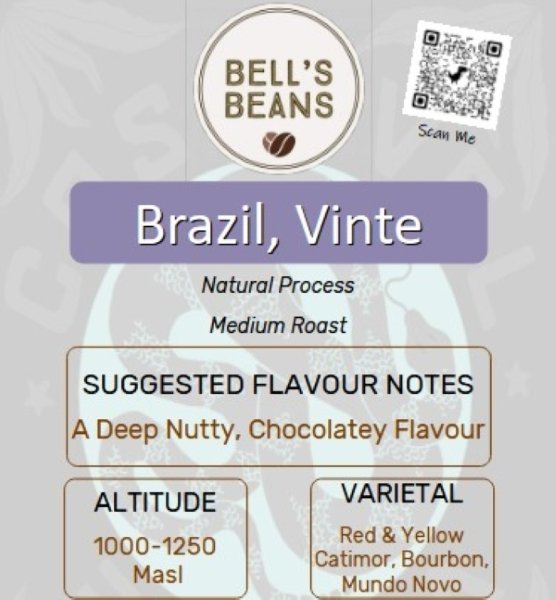
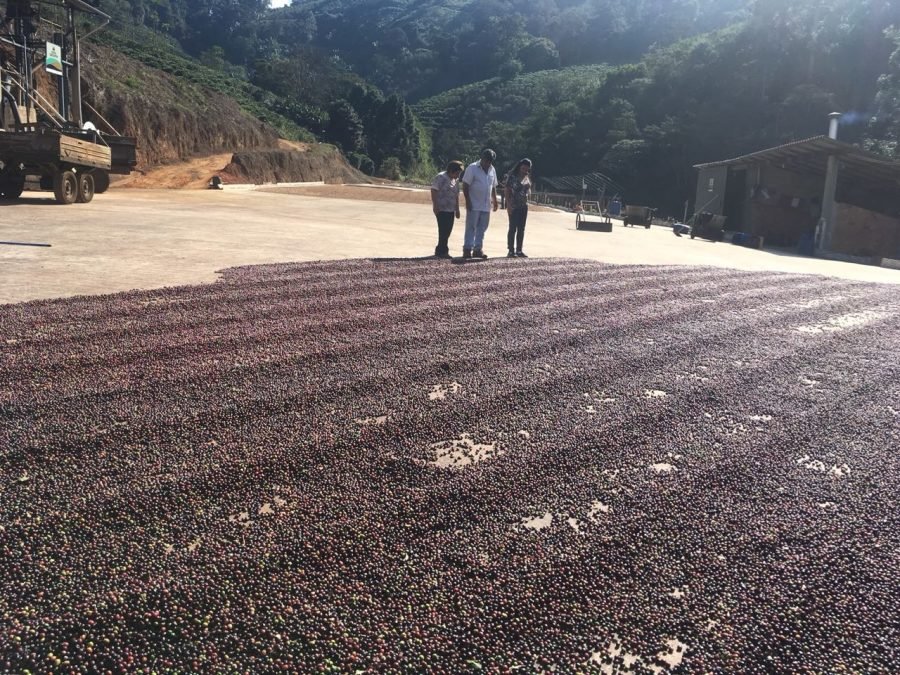

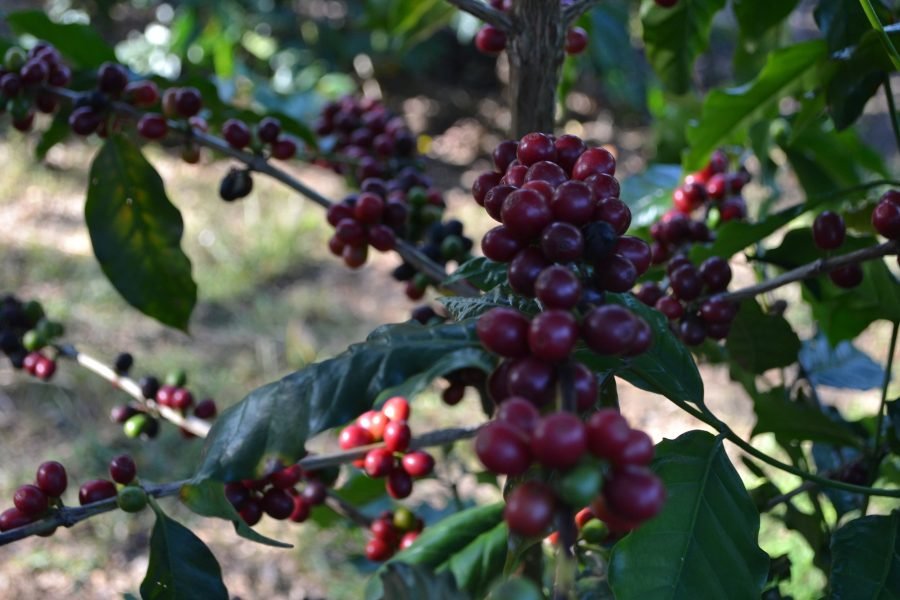
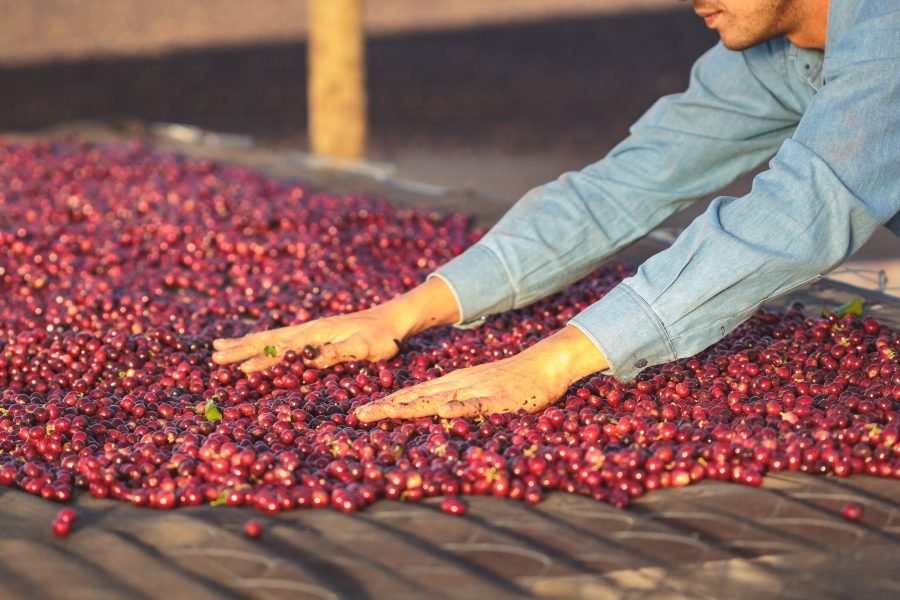
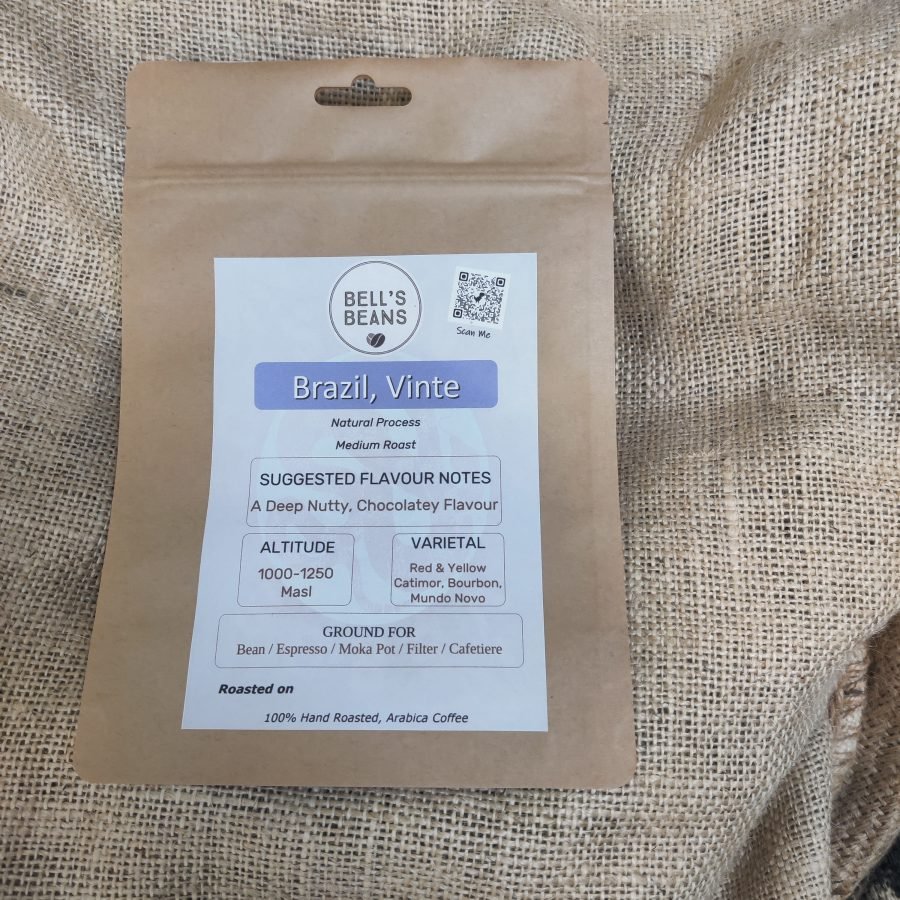

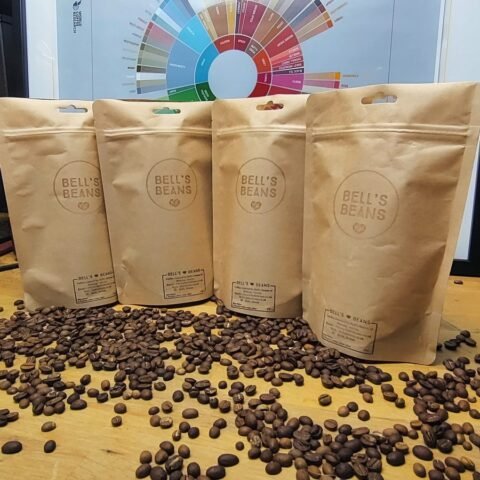
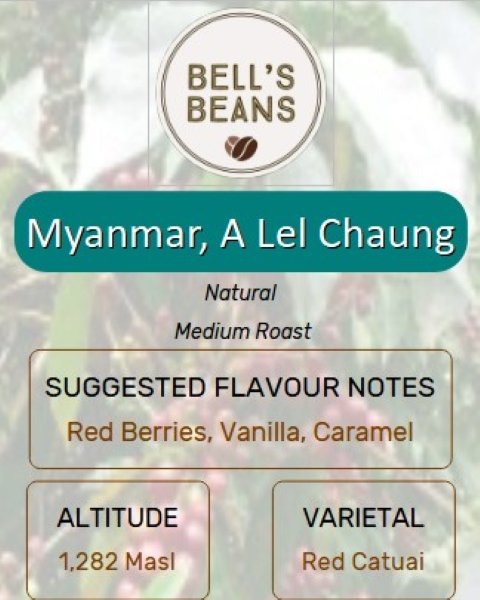
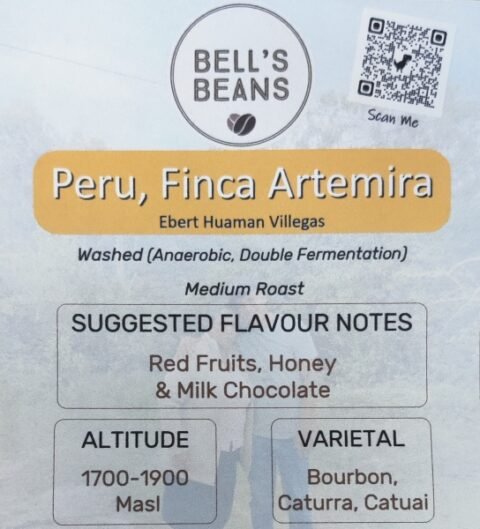
Reviews
There are no reviews yet.